3 minute read
2. GENERAL PRECAUTIONS
• During disassembly, carefully arrange removed parts in a clean area to prevent confusion later. Screws, bolts and nuts should be installed in their original position to prevent reassembly errors.
• When special tools are required, use KUBOTA genuine special tools. Special tools which are not frequently used should be made according to the drawings provided.
Advertisement
• Before disassembling or servicing electrical wires, always disconnect the ground cable from the battery first.
• Remove oil and dirt from parts before measuring.
• Use only KUBOTA genuine parts for parts replacement to maintain machine performance and to assure safety.
• Gaskets and O-rings must be replaced during reassembly. Apply grease to new O-rings or oil seals before assembling. See the figure left side.
• When reassembling external snap rings or internal snap rings, they must be positioned so that sharp edge faces against the direction from which a force is applied. See the figure left side.
• When inserting spring pins, their splits must face the direction from which a force is applied. See the figure left side.
• To prevent damage to the hydraulic system, use only specified fluid or equivalent.
(1) Grease
(2) Force
(3) Sharp Edge
(4) Axial Force
(5) Rotating Movement
(A) External Snap Ring
(B) Internal Snap Ring
W10109040
3. HANDLING PRECAUTIONS FOR ELECTRICAL PARTS AND WIRING
To ensure safety and prevent damage to the machine and surrounding equipment, heed the following precautions in handling electrical parts and wiring.
■ IMPORTANT
• Check electrical wiring for damage and loosened connection every year. To this end, educate the customer to do his or her own check and at the same time recommend the dealer to perform periodic check for a fee.
• Do not attempt to modify or remodel any electrical parts and wiring.
• When removing the battery cables, disconnect the negative cable first. When installing the battery cables, connect the positive cable first.
(1) Negative Terminal (2) Positive Terminal

[1] WIRING
• Securely tighten wiring terminals.
W10111140
• Do not let wiring contact dangerous part.
• Securely insert grommet. (1)
• Securely clamp, being careful not to damage wiring.
(1) Clamp
• Wind Clamp Spirally
(2) Wire Harness

(3) Clamp
• Clamp wiring so that there is no twist, unnecessary sag, or excessive tension, except for movable part, where sag be required.
(1)
• In installing a part, take care not to get wiring caught by it.
(1) Wiring
• After installing wiring, check protection of terminals and clamped condition of wiring, only connect battery.
(1) Cover
• Securely Install Cover
[2] BATTERY
• Take care not to confuse positive and negative terminal posts.
• When removing battery cables, disconnect negative cable first. When installing battery cables, check for polarity and connect positive cable first.
• Do not install any battery with capacity other than is specified (Ah).
• After connecting cables to battery terminal posts, apply high temperature grease to them and securely install terminal covers on them.
• Do not allow dirt and dust to collect on battery.
Caution
• Take care not to let battery liquid spill on your skin and clothes. If contaminated, wash it off with water immediately.
• Before recharging the battery, remove it from the machine.
• Before recharging, remove cell caps.
• Do recharging in a well-ventilated place where there is no open flame nearby, as hydrogen gas and oxygen are formed. W10118160
[3] FUSE
[4] CONNECTOR
• Use fuses with specified capacity. Neither too large or small capacity fuse is acceptable.
• Never use steel or copper wire in place of fuse.
• Do not install working light, radio set, etc. on machine which is not provided with reserve power supply.
• Do not install accessories if fuse capacity of reserve power supply is exceeded.
(1) Fuse (2) Slow Blow Fuse
W10120920
• For connector with lock, push lock to separate.
(A) Push
• In separating connectors, do not pull wire harnesses.
• Hold connector bodies to separate.


(A) Correct (B) Incorrect
W10122110
W10122720
• Use sandpaper to remove rust from terminals.
• Repair deformed terminal. Make certain there is no terminal being exposed or displaced.
(1) Exposed Terminal
(2) Deformed Terminal (3) Sandpaper (4) Rust
W10123460
• Make certain that there is no female connector being too open.
(A) Correct (B) Incorrect
W10124300
• Make certain plastic cover is large enough to cover whole connector.
(1) Cover (A) Correct (B) Incorrect
[5] HANDLING OF CIRCUIT TESTER
W10125190



• Use tester correctly following manual provided with tester.
• Check for polarity and range.
W10126840
4. LUBRICANTS, FUEL AND COOLANT
■ NOTE
Engine Oil
• Oil used in the engine should have an American Petroleum Institute (API) service classification and Proper SAE Engine OIl according to the ambient temperatures as shown above.
• With the emission control now in effect, the CF-4 and CG-4 lubricating oils have been developed for use of a lowfulfur fuel on on-road vehicle engines. When an off-orad vehicle engine runs on a high-sulfur fuel, it is advisable to employ the CF, CD or CE lubricating oil with a high total base number. If the CF-4 or CG-4 lubricating oil is used with a high-sulfur fuel, change the lubricating oil at shorter intervals.
• Lubricating oil recommended when a low-sulfur or high-sulfur fuel is employed.


